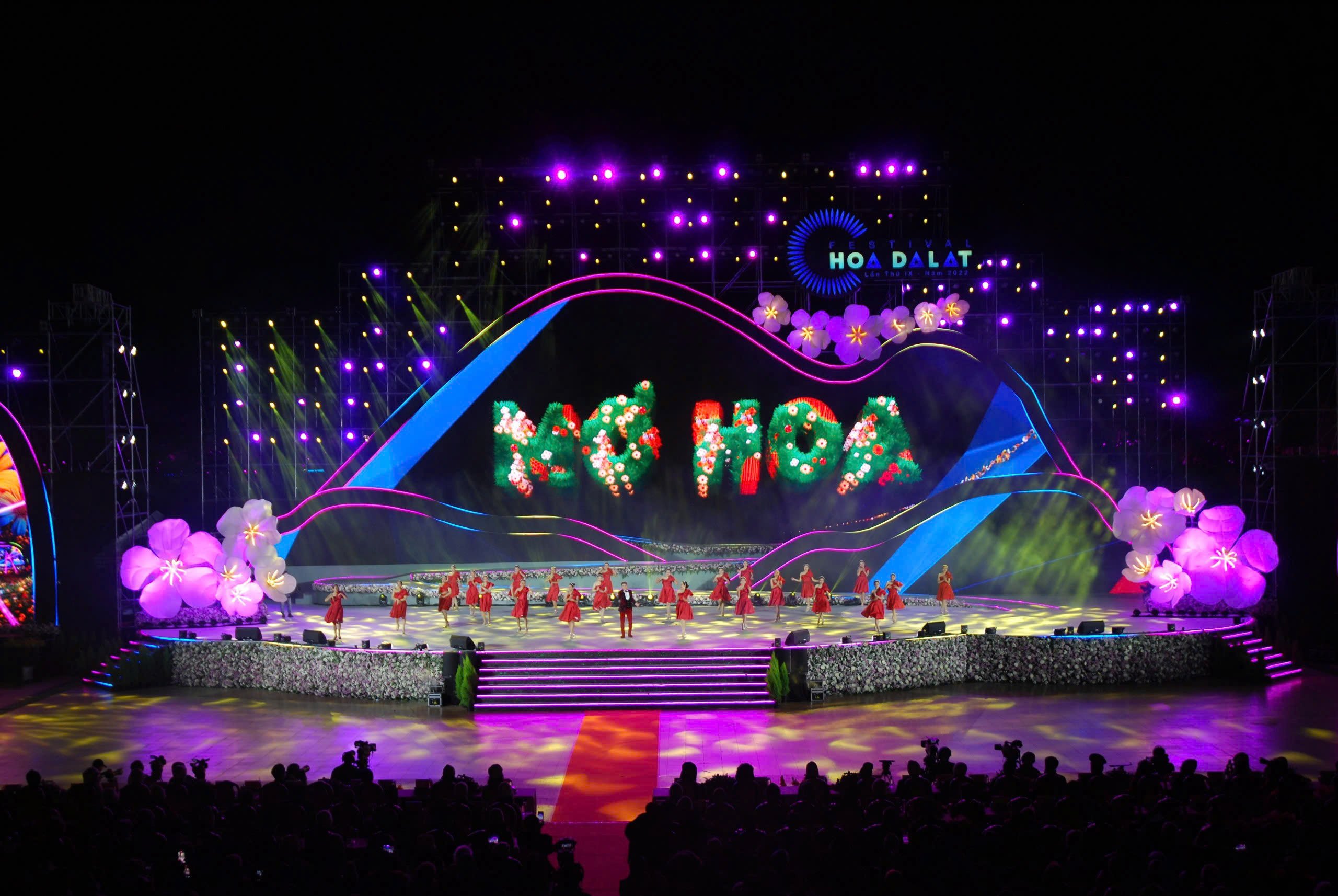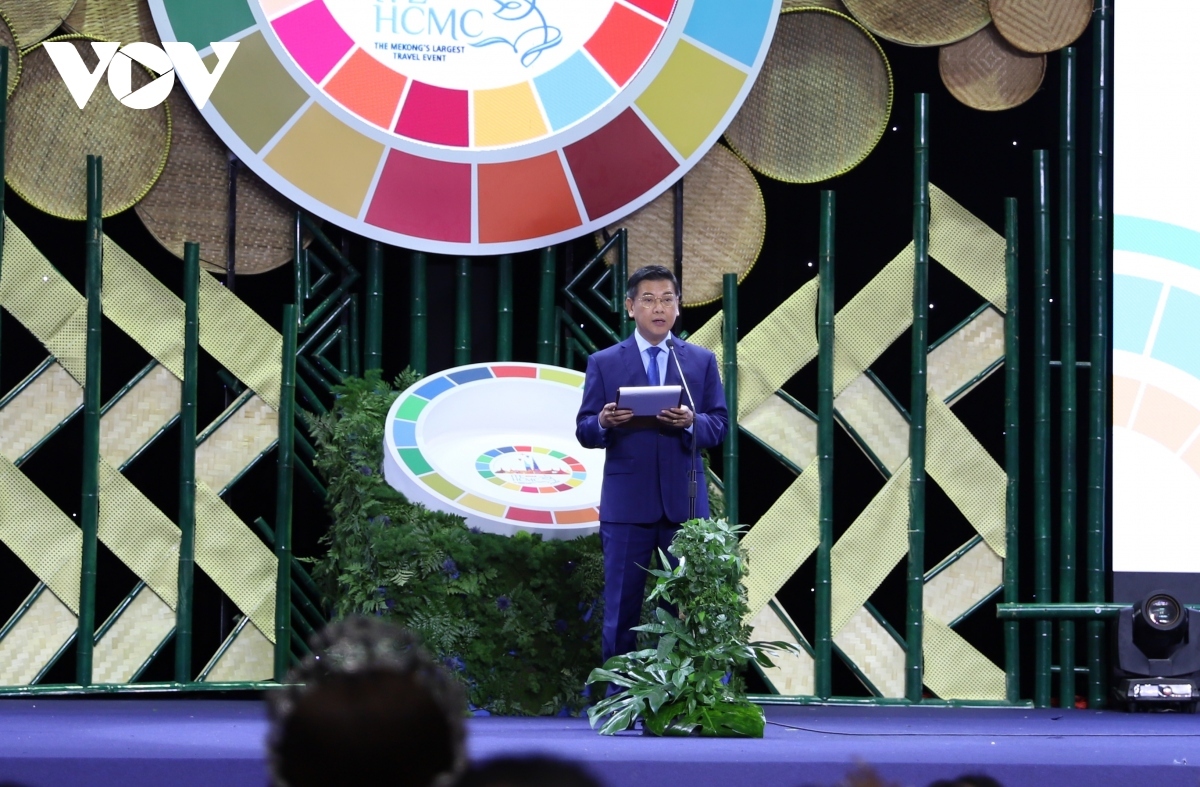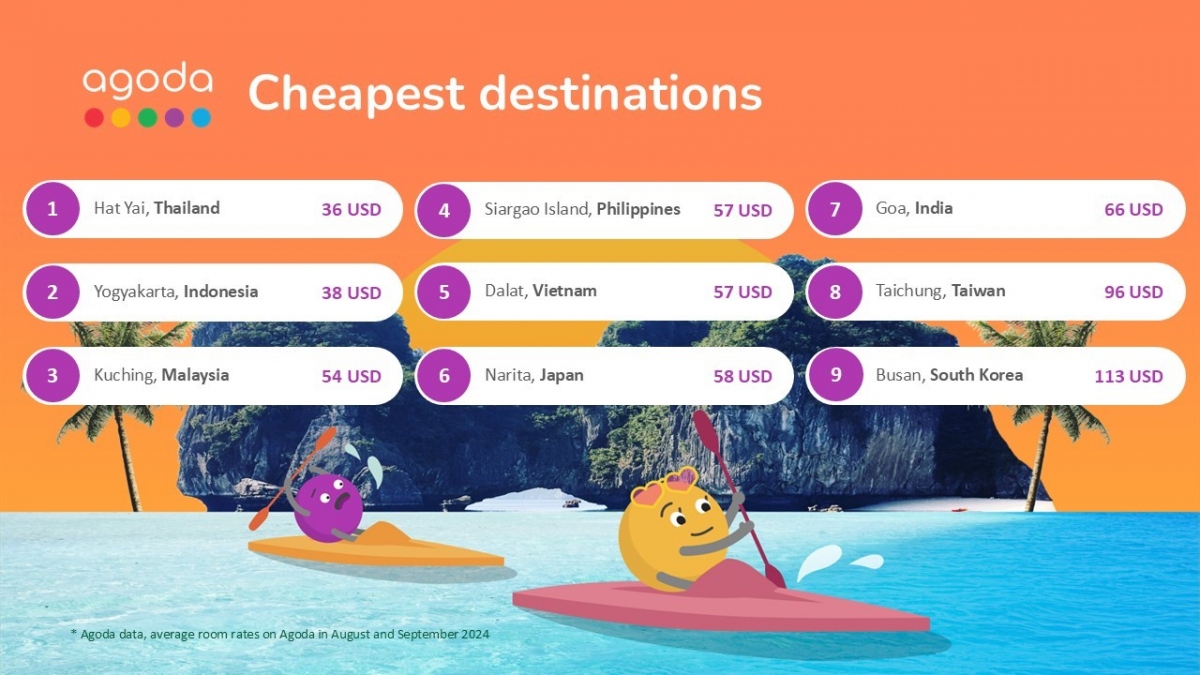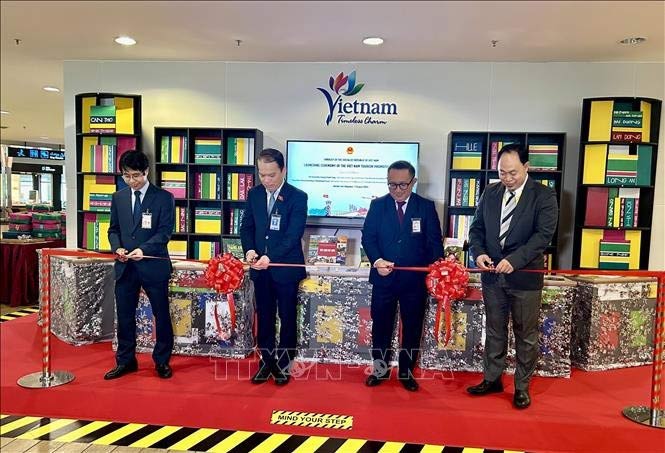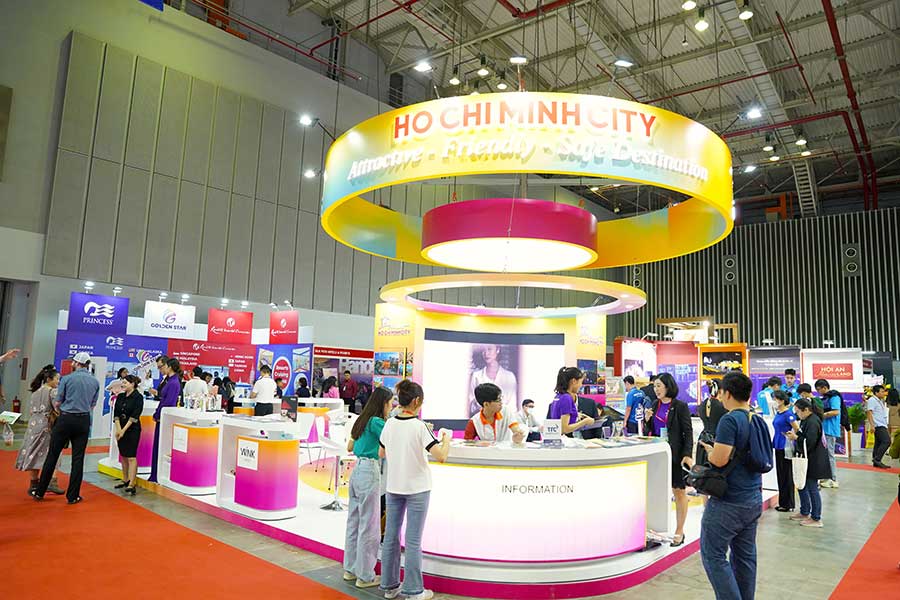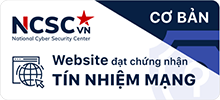VOV.VN - There remains ample room to bolster cooperation between Vietnam and the United States, because both economies are highly complementary, says Ambassador Pham Quang Vinh, former ambassador of Vietnam to the US and former deputy minister of foreign affairs.
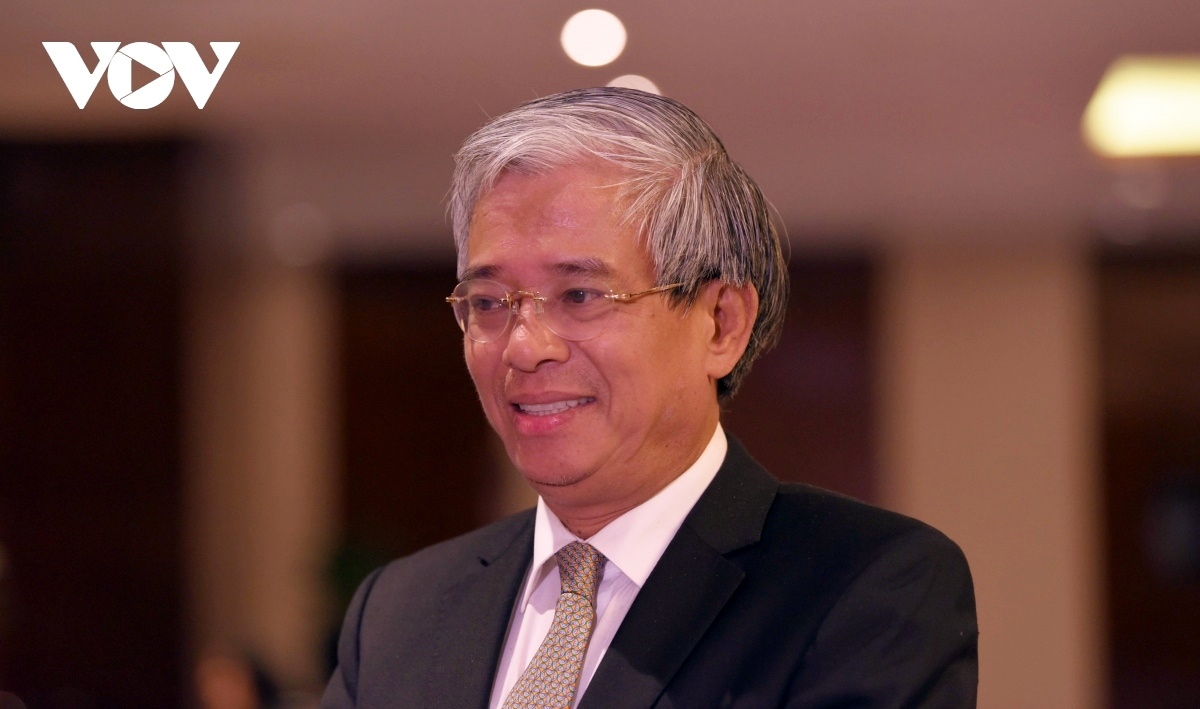
Ambassador Pham Quang Vinh, former ambassador of Vietnam to the US and former minister of foreign affairs.
Prior to US President Joe Biden’s State visit to Vietnam on September 10-11, Ambassador Vinh granted an exclusive interview to VOV.VN, shedding light on the connotation of cooperation between Vietnam and the US.
VOV: US President Joe Biden is scheduled to pay a State visit to Vietnam on September 10-11 at the invitation of General Secretary of the Communist Party of Vietnam Nguyen Phu Trong. As a diplomat who is closely involved in Vietnam-US relations, how do you personally receive this news?
Amb. Vinh: Well, this is certainly good news for those who are interested in Vietnam’s foreign policy and the Vietnam-US relationship. It’s noteworthy that this year marks the 10th anniversary of the establishment of the Comprehensive Partnership between the two countries. The past decade has seen bilateral relations develop across all spheres, from politics and foreign affairs to economy, trade, investment, as well as overcoming war consequences. Two-way trade turnover alone rose fourfold in a decade, reaching US$123 billion last year.
Over the past years, Vietnam has expanded its foreign relations, with regional countries and key partners all having high-level delegation exchanges. Among them, the US is one of the important partners.
Vietnam - US relations are developing vigorously, so the Vietnam visit by US President Joe Biden on September 10-11 is expected to chart a new development course for the two countries in the coming decade to meet expectations of the two peoples.
VOV: Since the normalization of relations in 1995, many US Presidents have visited Vietnam. What do you think about these visits?
Amb. Vinh: When US leaders come to Vietnam, the first thing they see is the interest of the US as well as the position of bilateral relations in their foreign policy. Indeed, Vietnam - US relations hold a certain and important position in US foreign policy, and therefore, US Presidents visit Vietnam regularly.
Once bilateral relations develop, they bring benefits for both sides. Taking trade exchanges is a case in point. Two-way trade turnover has risen fourfold in the past decade to US$123 billion in 2022, showing that the two economies are highly complementary. The US economy needs our goods so they buy them, and so do we, that creates momentum for trade growth between the two economies.
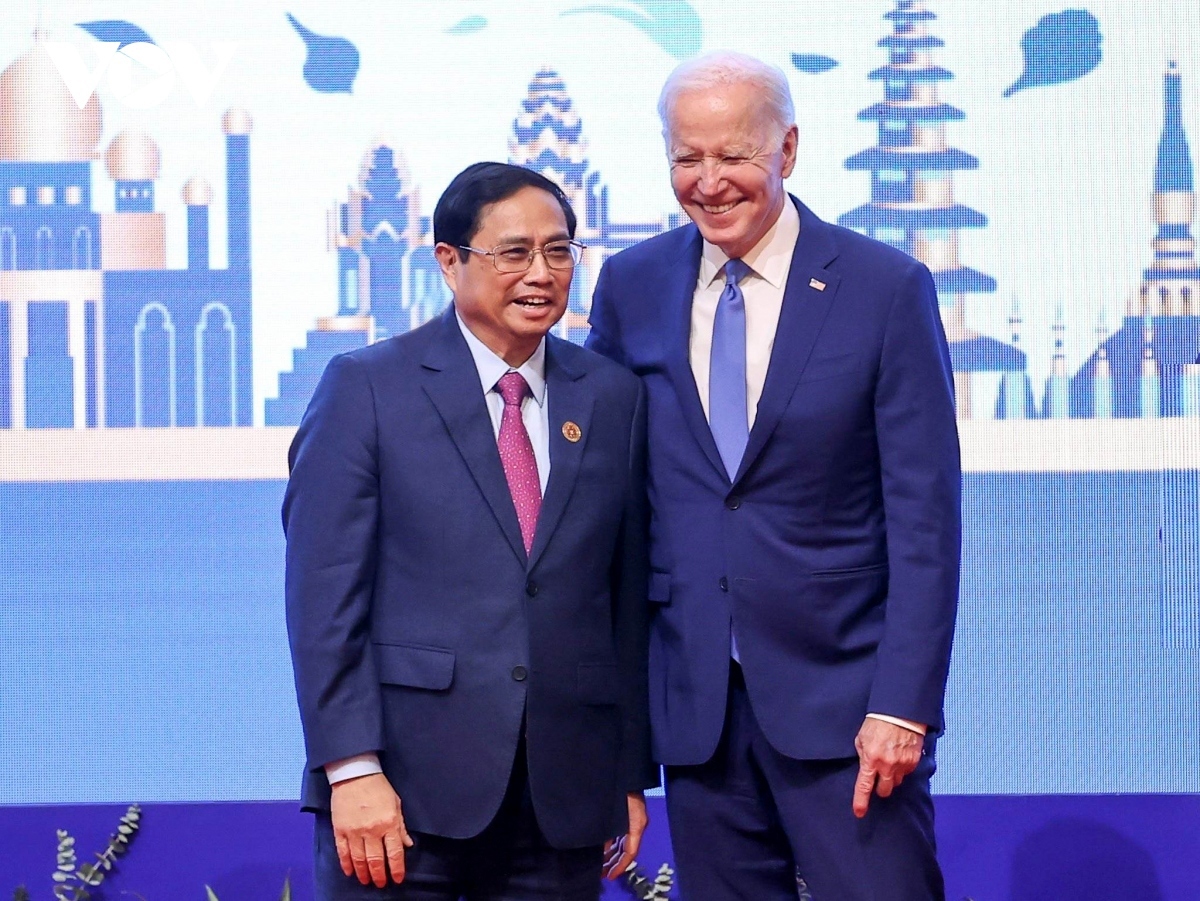
Vietnamese Prime Minister Pham Minh Chinh and US President Joe Biden meet on the sidelines of the 40th and 41st ASEAN Summits in Cambodia in 2022
Today, Vietnam is developing and connecting with the world through regional and global supply chains, including the supply chain with the US. It is an important link, and US investors also see the importance of Vietnam in the supply chain.
Vietnam is increasingly gaining position in the Asia-Pacific and ASEAN regions. When the US wants to strengthen relations with the regions, they must certainly attach importance to ASEAN and Vietnam.
When US leaders visit Vietnam, they also expect new breakthroughs and developments in the future. To mark 10 years of the compressive partnership this year, both sides have arranged a phone call between US President Joe Biden and Vietnamese Party General Secretary Nguyen Phu Trong, along with other Vietnam visits by US Secretary of State Antony Blinken, Secretary of Agriculture Thomas Vilsack, and Secretary of the Treasury Janet Yellen.
During those visits, both sides had positive assessments of the Vietnam-US relationship and future directions. For example, during their phone call in March 2023, General Secretary Trong and President Biden agreed that Vietnam - US relations had in recent times developed positively in accordance with the aspirations and interests of the two peoples. Both sides expressed their desires to deepen this relationship, especially in the fields that Vietnam and the US can cooperate in future, such as artificial intelligent, digital transformation, and green economy.
VOV: Which field of cooperation impresses you most, ambassador?
Amb. Vinh: I highly appreciate both sides’ efforts in promoting mutual understanding and building political trust. The two countries that were once former foes during the war have now become friends and comprehensive partners. They have agreed to break with the past and look to the future, by joining hands to deal with the consequences of war. Vietnam has helped the US search for US personnel missing in action, while the US has assisted Vietnam clear landmines and clean up dioxin at airports. Those were the things that have helped both sides heal the wounds of war.
The two sides have differences in political regime and historical culture. The problem is how to have guiding principles to handle differences but at the same time to promote cooperation. Among the guiding principles, the two sides have agreed to enhance understanding, mutually beneficial cooperation, and mutual respect, including respect for each other’s political institutions.
Indeed, the two countries have adhered to these principles, establishing the basis for the development of the Vietnam - US relationship in recent times and towards new heights in the future.
VOV: The two countries have made great strides in economic cooperation over the past decade. What are the reasons behind this development?
Amb. Vinh: The two economies of Vietnam and the US are highly complementary, not competitive, as I have already mentioned. For example, the US needs goods such as textiles, leather shoes, and pangasius that are Vietnam’s key export items, while Vietnam needs US modern technology and services. So there is still a lot of room for bilateral cooperation.
The US is a large and lucrative market that offers Vietnam numerous opportunities to penetrate. It’s good news that bilateral trade cooperation has been enhanced over the years both quantitatively and qualitatively, with the growth rate reaching 17% to 19% per annum.
Indeed, there remains more room for future cooperation, if we bring into full play the potential of economic transformation, including digital transformation, green economy, science, and innovation.
Also future cooperation largely relies on our connection with global supply chains. Vietnam has engaged in many free trade agreements (FTAs), including the Comprehensive and Progressive Agreement for Trans-Pacific Partnership (CPTPP), and the EU - Vietnam Free Trade Agreement (EVFTA)). Vietnam is now entering into negotiations of the Indo-Pacific Economic Framework for Prosperity (IPEF) led by the US. If all of these documents are harmonized in terms of standards and policies related to trade, economy, and investment, they will create great motivation for the economy.
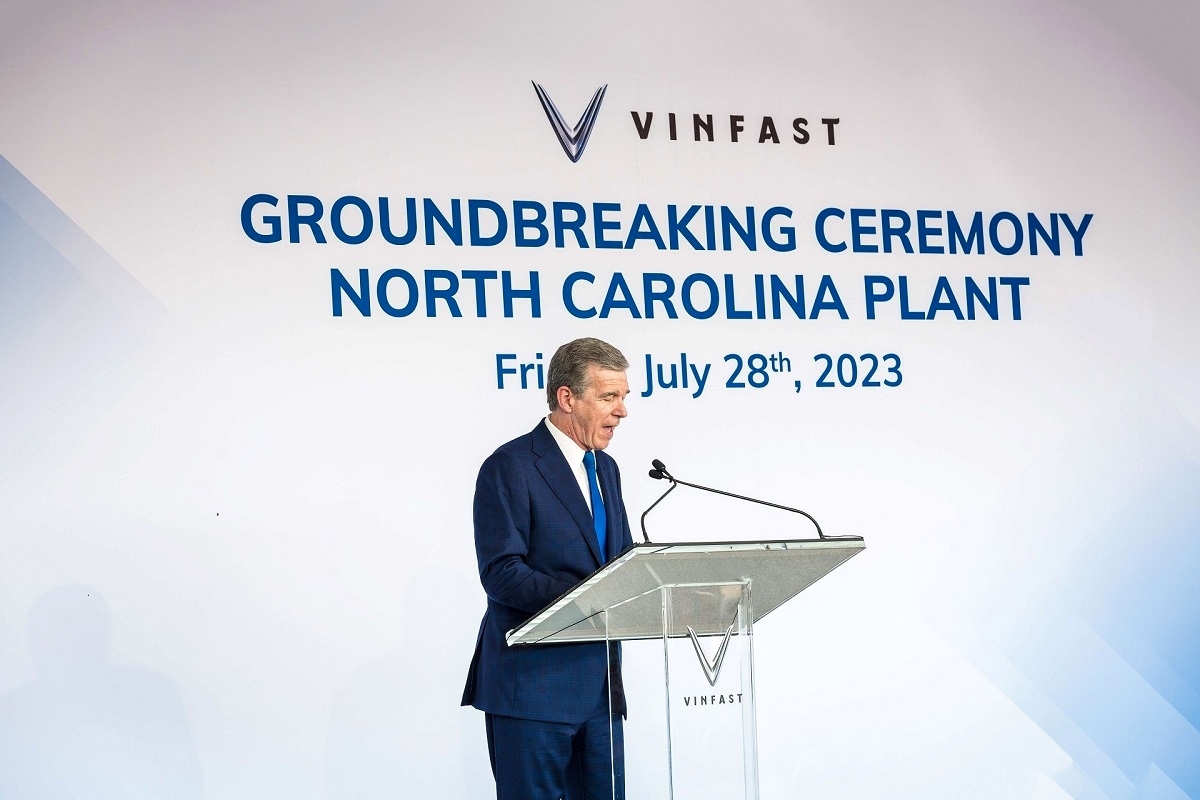
North Carolina governor Roy Cooper,speaks at the gound-breaking ceremony of VinFast plant in North Carolina
VOV: Investments into each other’s markets have also grown over the years, including VinFast’s US$4 billion investment project in North Carolina. Is this a landmark investment in economic cooperation between the two countries?
Amb. Vinh: I am impressed with US investments in Vietnam, but VinFast’s investment is another case. This is Vietnam’s largest one-time investment to date in the US. Notably, this project is focused on a new field that is green transformation. Electric vehicles to be manufactured by VinFast will adapt to the US’ requirements. I wish VinFast’s North Carolina plant project a great success.
The US is aiming to shift and diversify the supply chain to minimize economic risks due to epidemics, political crises or competition with major powers.
If we invest more in the US, we will certainly enjoy advantages, because the US is offering investment attraction policies. In addition, investing in the US will help strike trade balance now in favour of Vietnam.




